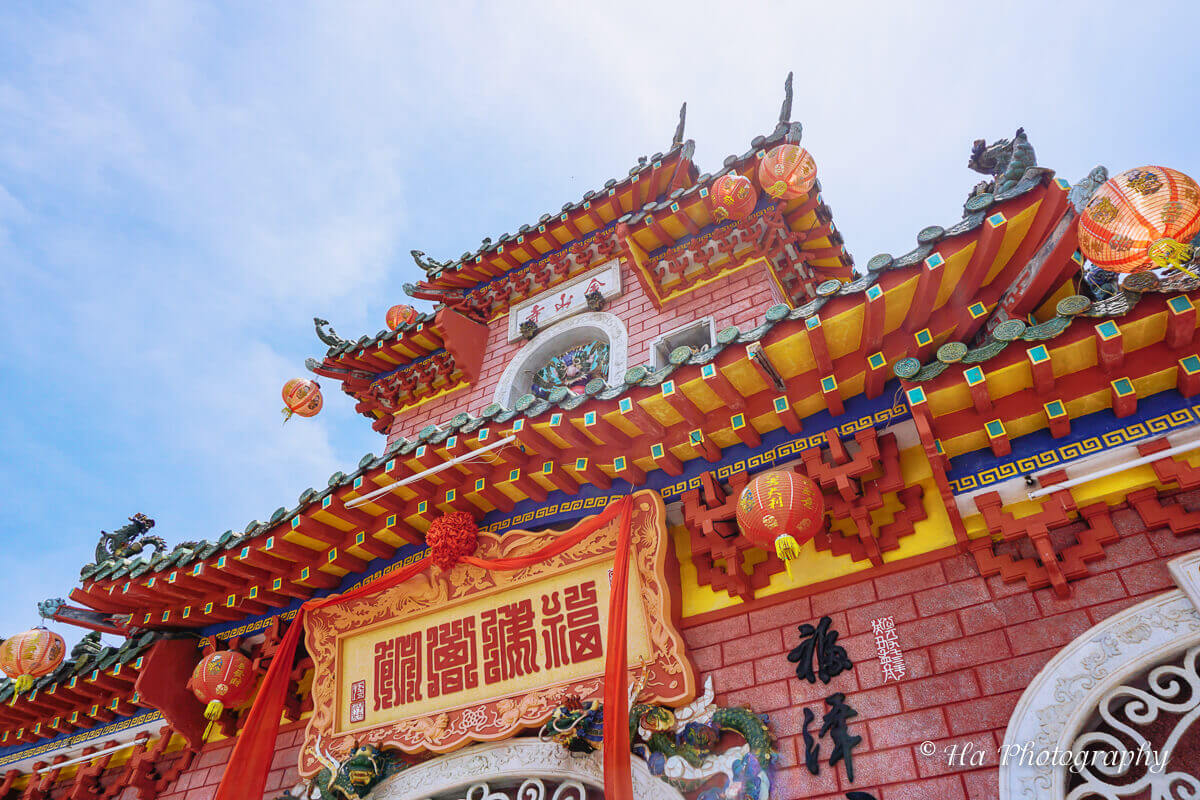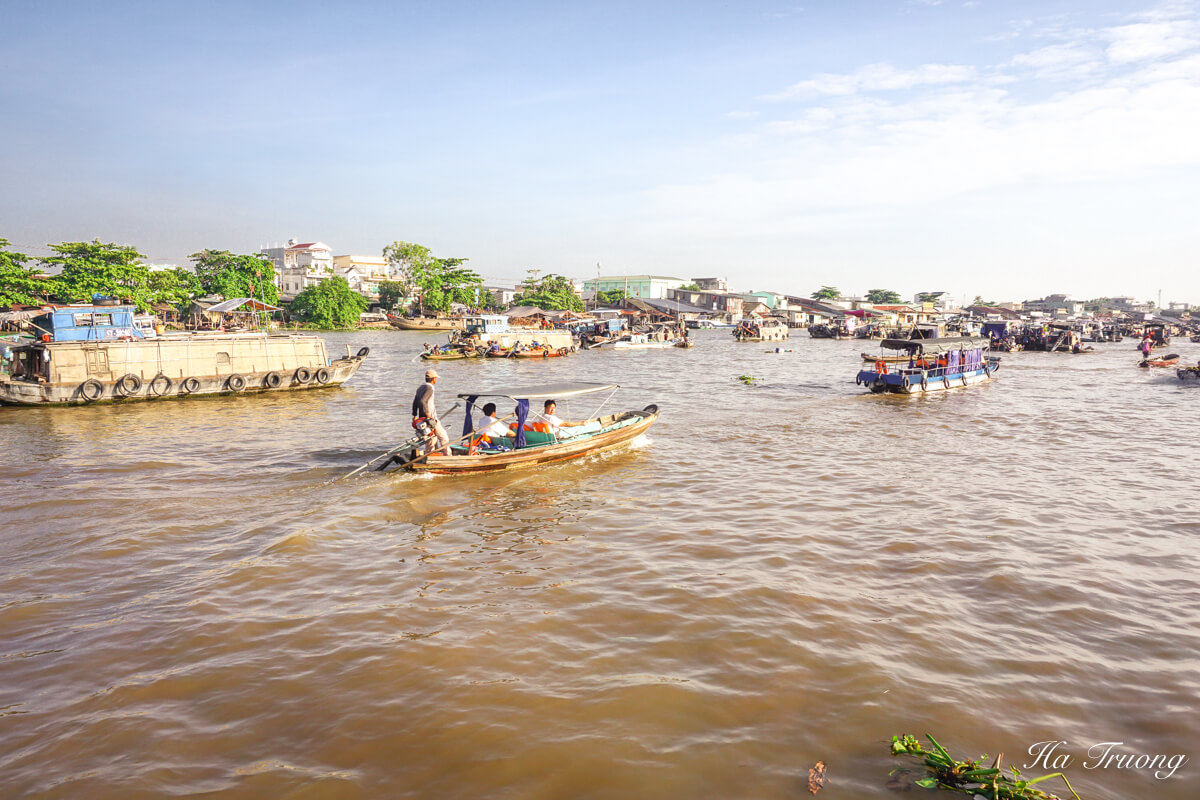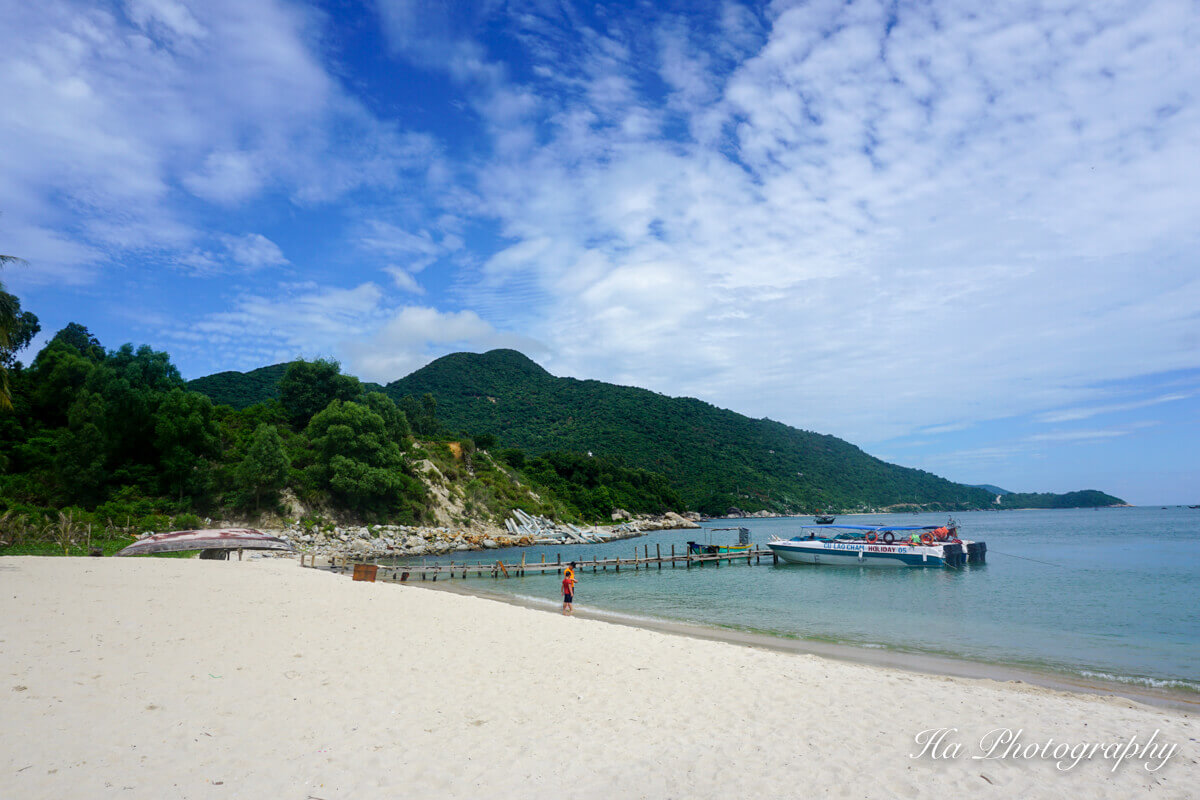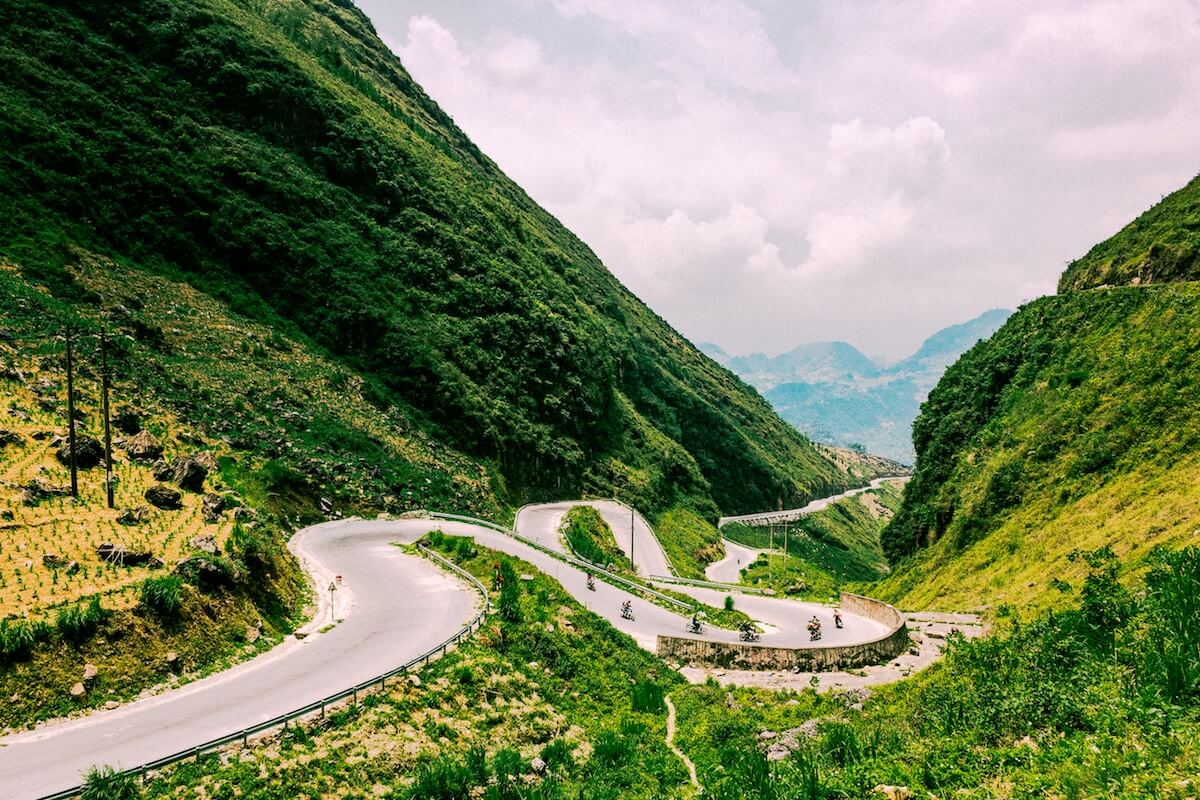Explore The Beauty Of Lao Chai Ta Van Sapa Vietnam
About 8 km from Sapa town, Lao Chai-Ta Van is a shelter for many ethnic minorities. While Sapa is bustling and hustling, these villages offer visitors a surprisingly quiet and peaceful atmosphere.

About Lao Chai – Ta Van
Lao Chai and Ta Van villages are two large villages in Sapa, Vietnam.
Like Cat Cat village, the Lao Chai – Ta Van area is inhabited by ethnic people like Hmong, Dao, Giay, and Tay.
The villages are located in Muong Hoa valley, between the majestic Hoang Lien Son mountain range and Ham Rong mountain.

Surrounding Lao Chai and Ta Van villages are large terraced fields that are decades old.
During the harvest season from April to September each year, the whole area is warmed up with the natural yellow color of the ripe rice.
How to get to Lao Chai Ta Van
Ta Van is located in Ta Van commune, Sapa district, Lao Cai province, about 8 km to 12 km from the center of Sapa town, depending on the route.
To get to Lao Chai – Ta Van, you can travel by motorbike or car. However, going by bike is a more reasonable choice to enjoy the best scenery.
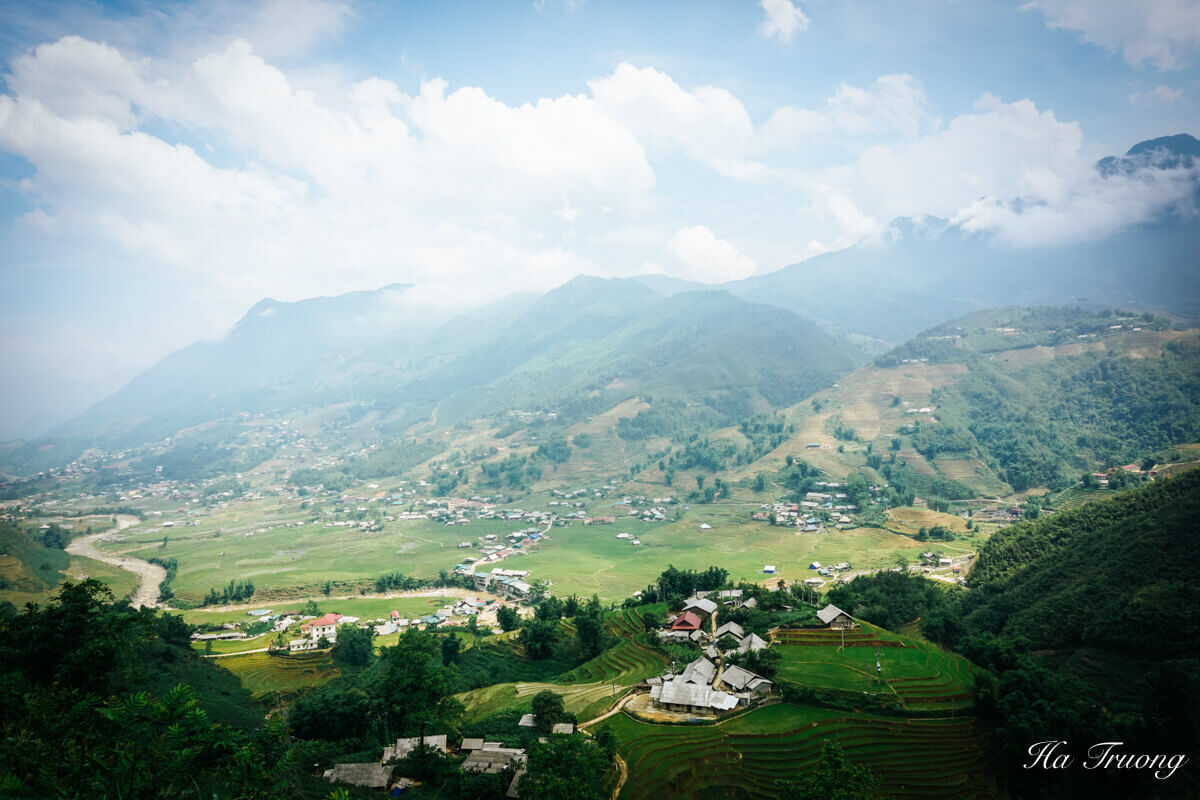
After leaving the two busiest streets of Sapa, Cau May, and Muong Hoa streets, you only need to follow the Muong Hoa stream.
On the way to Ta Van village, you will pass Lao Chai – a place with a breathtaking mountain view and famous Sapa ancient rocks.

Ta Van entrance fee
Almost all Sapa tourist attractions require entry tickets, including Ta Van. The ticket price to Ta Van Sapa is 75,000 VND per adult.
However, the gate control spot is not very strict.
There is usually no person checking tickets during midday or bad-weather day, so you can visit for free.
Also, many people don’t check their tickets if they travel by taxi. However, the taxi driver may ask for your money instead.

Homestay in Lao Chai Ta Van
To enjoy the best of the villages, you should stay in Ta Van overnight.
You can try local dishes, slowly immerse yourself in the living space of ethnic minorities, and learn the traditional customs and practices of ethnic minorities in Northern Vietnam.
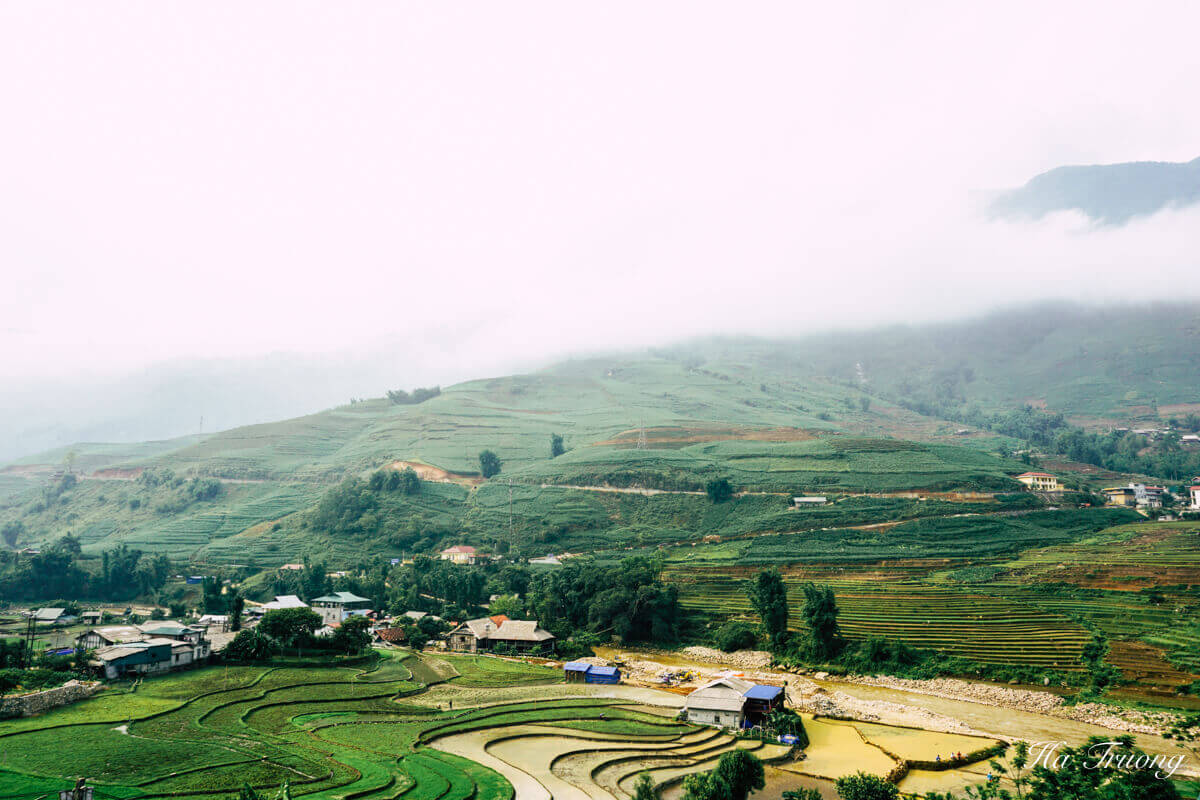
Best time to visit Lao Chai Ta Van Sapa
The best times to visit Lao Chai Ta Van Sapa are April, May, and September. While the terrace is covered in lush green in May, it gradually turns to a golden color early in September.
The ripe rice season is also when the village becomes the most vibrant and bustling. Across the valley, the town is filled with ripe yellow rice and rice aroma.
The yellow color brings many aspirations, hopes, and expectations to the villagers. The smiles on the people’s lips will be an unforgettable moment for anyone who has ever witnessed it.
Note: As the rainy season in Sapa is from July to August, you should avoid visiting Sapa at this time.
Things to do in Lao Chai Ta Van
Explore the terraced fields
If you visit Lao Chai Ta Van during its best time, you will be impressed by the stunning view of terraced fields.
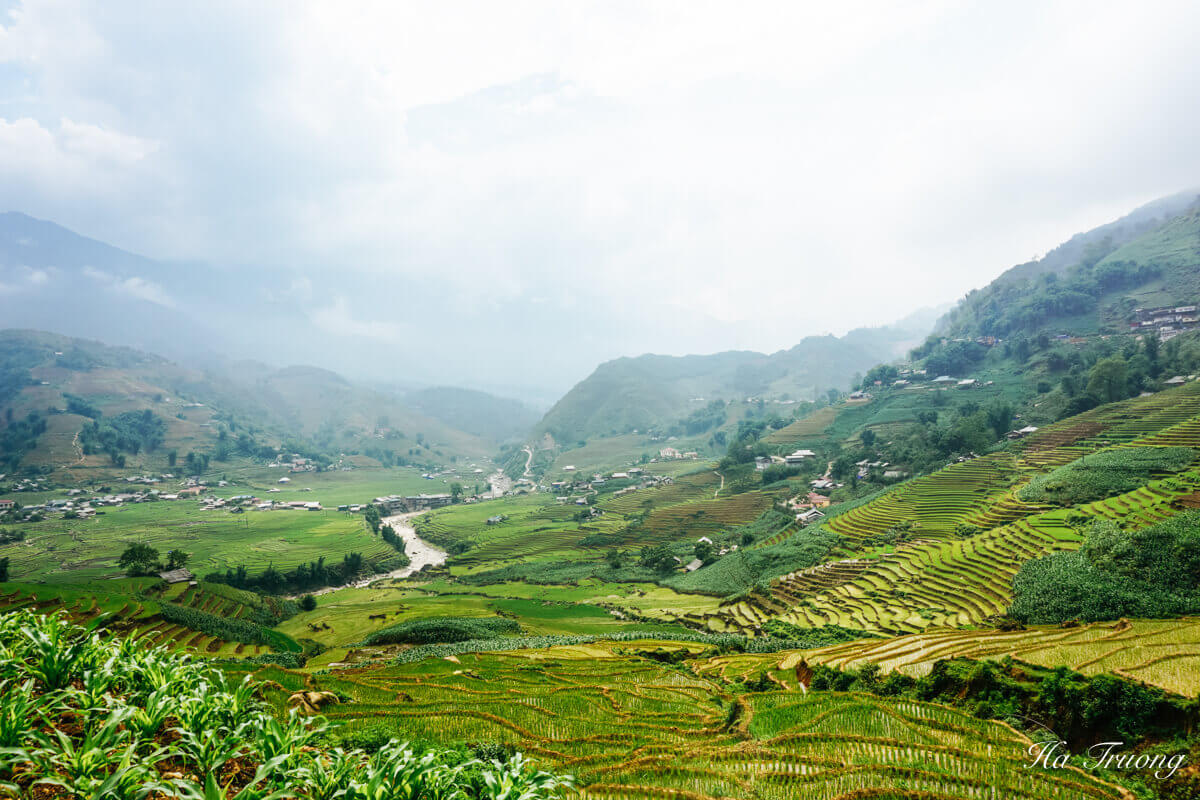
Standing on high ground, watching the whole terraced rice fields at their golden maturity, you can enjoy a panoramic view of the area.
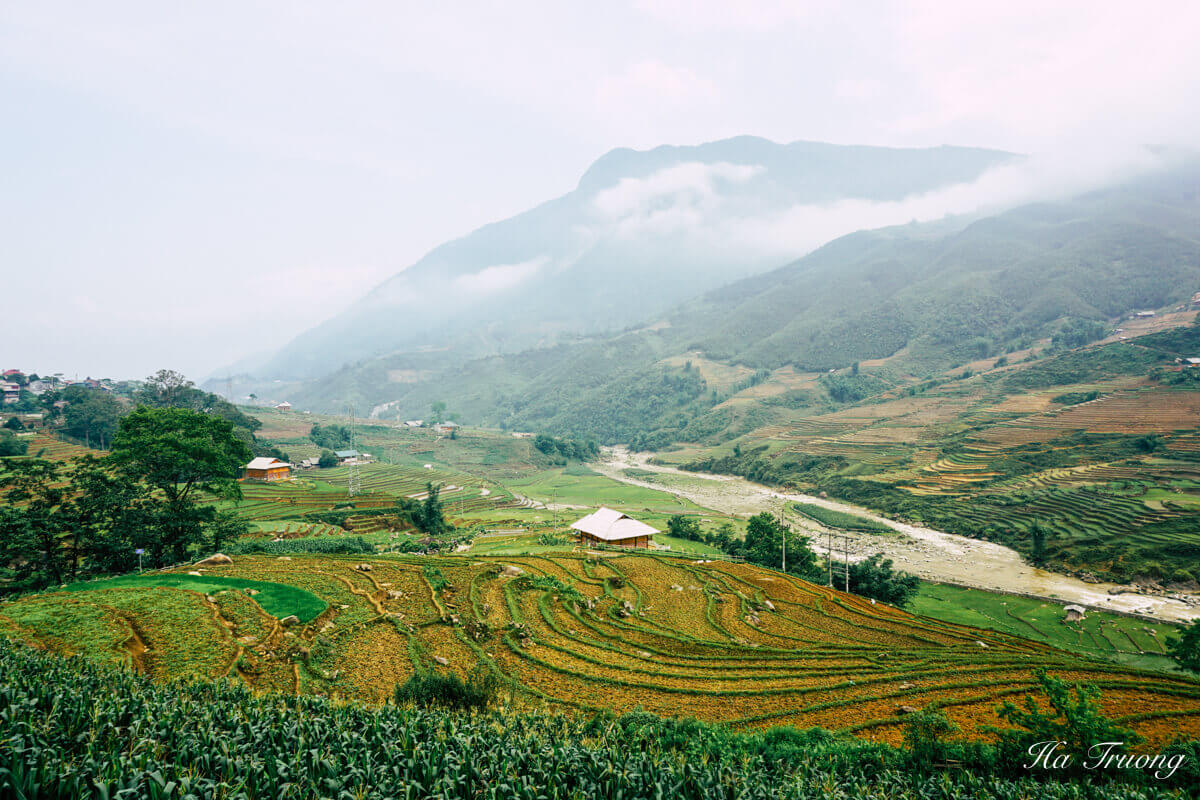
Just like that, while the mist is still lingering, the kitchen smoke from the traditional cottage hurriedly flies up, and the whole scenery and the rhythm of life become a gentle and breathtaking picture.
Drink with a breathtaking view
Located next to the terraced fields and Muong Hoa stream, La Dao Spa is ideal for relaxing and admiring the beautiful scenery.
The complex is designed as a stilt house with two floors for coffee and dining, with the basement for the Dao spa bath.
In addition to dining and a spa, the complex also offers a few bungalows next to it with equally beautiful views at La Dao Spa Homestay.

Wander around the village
Not only can you enjoy the beauty of terraced fields, but you can also have the opportunity to explore the daily lives of ethnic minorities.
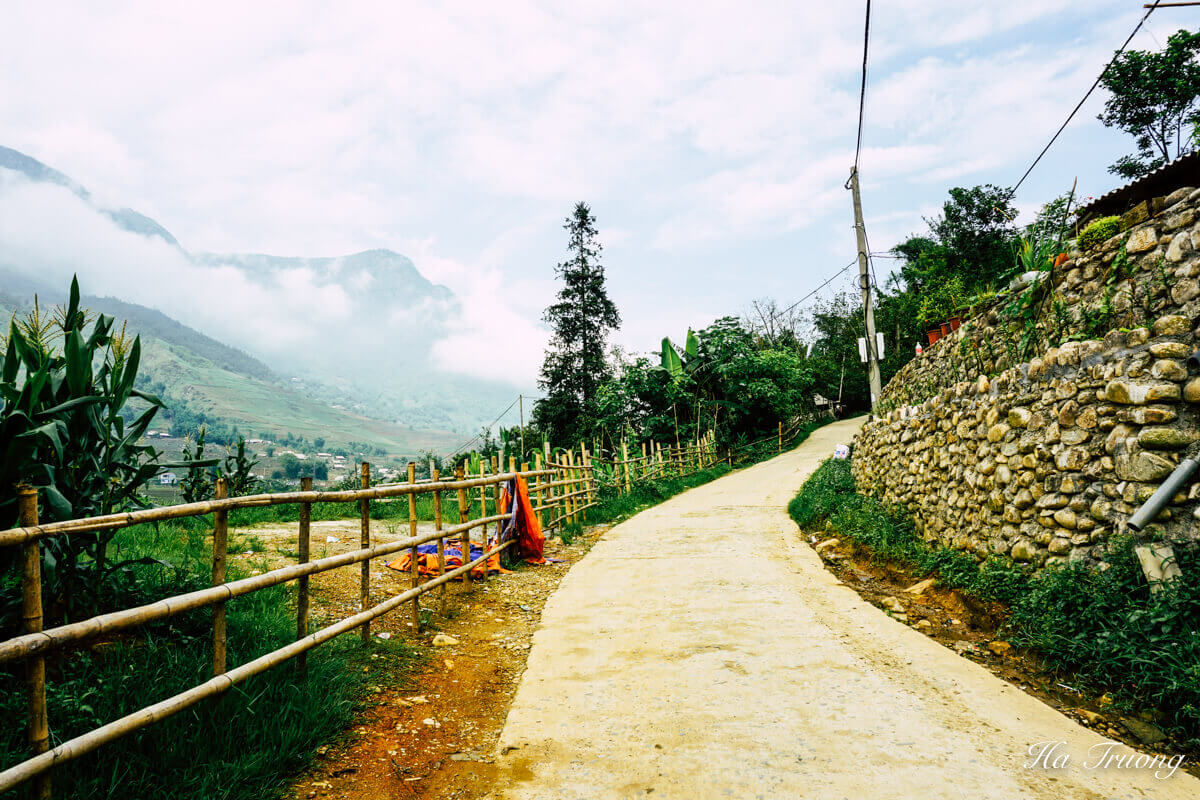
The people here still keep their traditional farming lifestyles. Like previous generations, they raise pigs, grow cotton, weave brocade, and work on terraced fields.
Entering the houses, you can see that almost every home has a modern television. However, their living space is still decorated with brocade on the door, table, and floor.
Some houses still have old horns or wooden bells. The living space has not changed much after decades.

Try local food
Besides, you can also enjoy typical dishes made from local ingredients: vegetables, chicken, pork, and beef.
All of these materials are produced and raised by the locals. The essence of the mountains brings a unique flavor to the dishes.
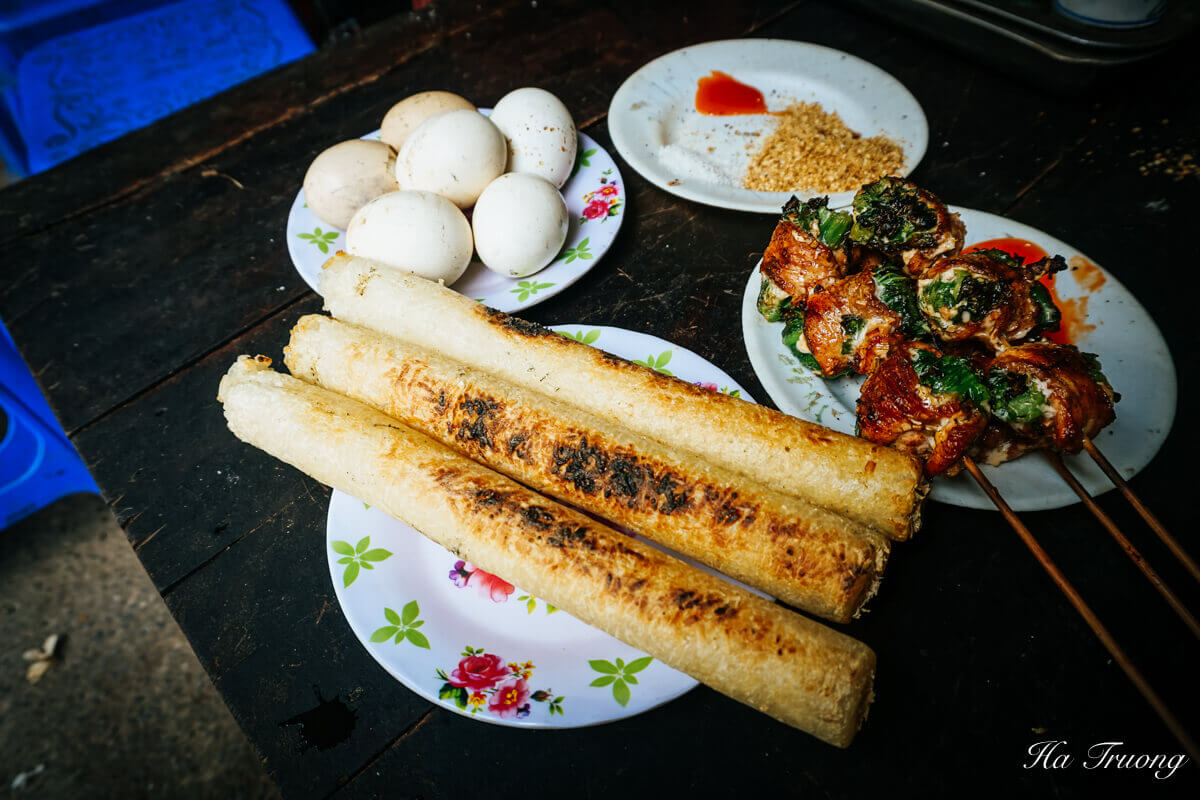
Imagine trying grilled meat with bamboo rice in the cold weather of Northern Vietnam. Isn’t it amazing?

